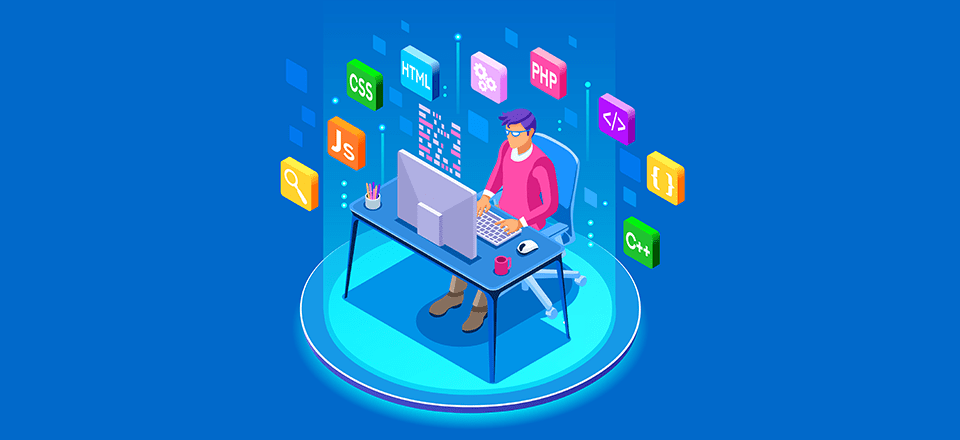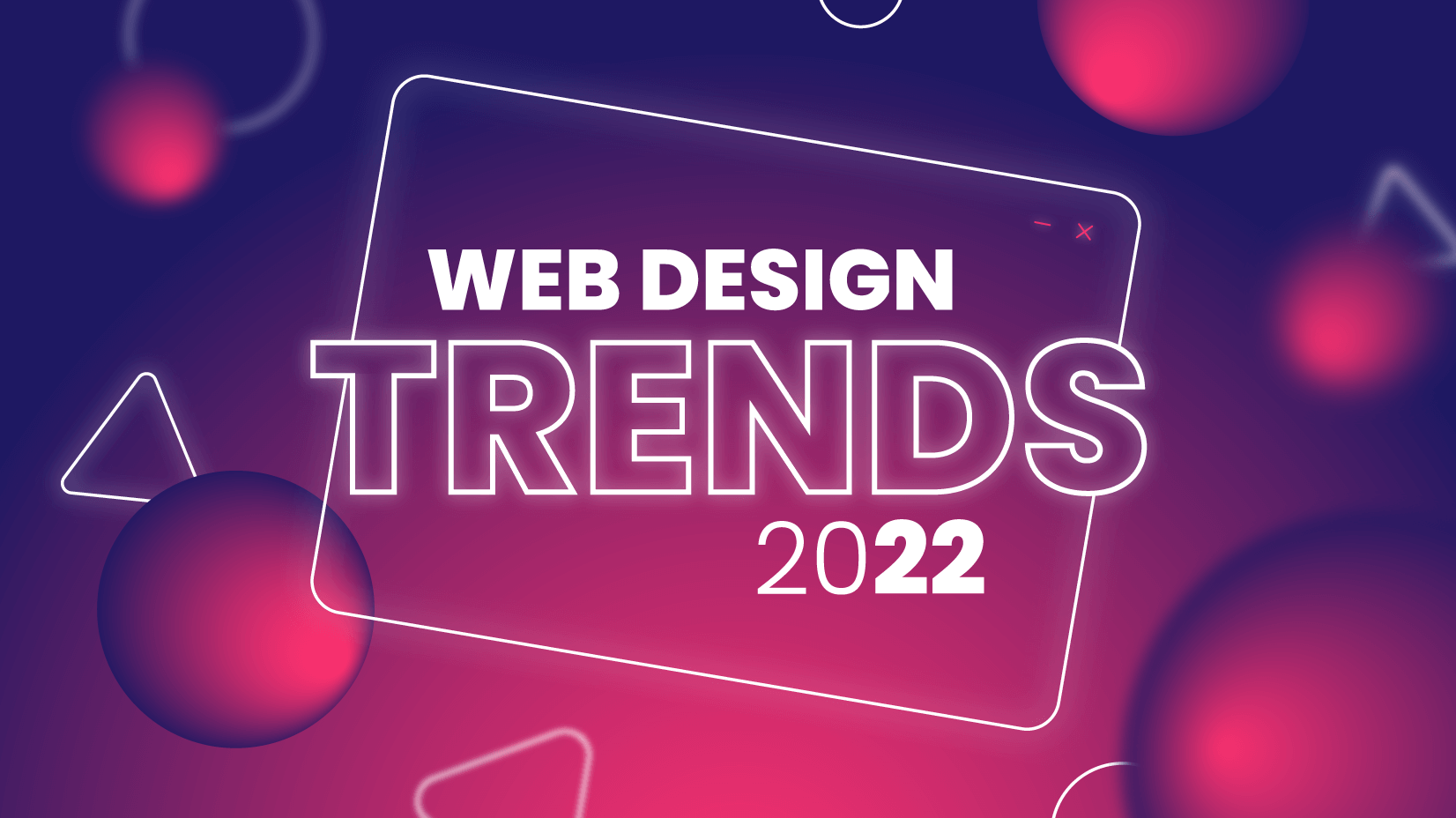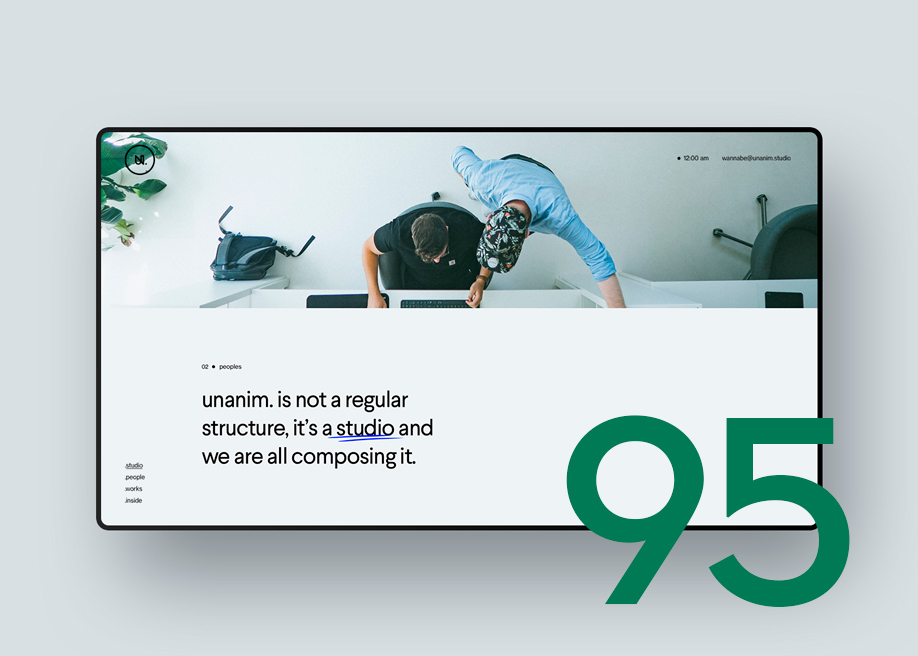All Categories
Featured
Table of Contents
- – Web Design Services - Verizon Small Business E...
- – Why Web Design Is Dead - - Ux Magazine Tips a...
- – Web Design Studio & Digital Marketing Agency ...
- – The Top Ecommerce, Website Design ... - Seatt...
- – Web Design Company In Orlando, Florida And Ba...
- – 53 Web Design Tools To Help You Work Smarter ...
- – Web Design Software By Xara Tips and Tricks:
- – 12 Essential Tips For Improving Your Web Des...
- – Figma: The Collaborative Interface Design To...
- – Web Design Certificate - Web Development Cer...
- – Responsive Web Design - A List Apart Tips an...
Web Design Services - Verizon Small Business Essentials Tips and Tricks:
Quick summary Use and the utility, not the visual style, determine the success or failure of a site. Given that the visitor of the page is the only individual who clicks the mouse and for that reason chooses everything, user-centric style has developed as a standard technique for successful and profit-oriented web design - web design frederick md.
and the utility, not the visual style, identify the success or failure of a website. Considering that the visitor of the page is the only individual who clicks the mouse and therefore decides everything, user-centric style has ended up being a basic technique for successful and profit-oriented web design. After all, if users can't utilize a feature, it may as well not exist.
g. where the search box must be put) as it has currently been done in a number of posts; rather we focus on the approaches which, utilized correctly, can cause more sophisticated design decisions and streamline the procedure of viewing provided information. Please discover that you might be interested in the usability-related articles we've released prior to: Principles Of Excellent Website Design And Efficient Web Design Guidelines, In order to use the concepts appropriately we initially require to comprehend how users interact with websites, how they think and what are the fundamental patterns of users' habits.
Why Web Design Is Dead - - Ux Magazine Tips and Tricks:
Visitors glance at each brand-new page, scan a few of the text, and click on the first link that captures their interest or slightly looks like the thing they're trying to find. In reality, there are big parts of the page they don't even take a look at. Many users browse for something interesting (or beneficial) and clickable; as quickly as some promising prospects are discovered, users click.
If a page supplies users with top quality material, they want to compromise the material with advertisements and the style of the site. This is the reason not-that-well-designed sites with top quality content gain a lot of traffic over years. Material is more crucial than the style which supports it.

Users do not read, they scan. Notification how "hot" locations abrupt in the middle of sentences. This is typical for the scanning process. Really simple concept: If a site isn't able to meet users' expectations, then designer failed to get his job done appropriately and the company loses money. The greater is the cognitive load and the less intuitive is the navigation, the more willing are users to leave the site and search for options.
Web Design Studio & Digital Marketing Agency • Gravitate Tips and Tricks:
Neither do they scan website in a linear fashion, going sequentially from one website section to another one. Instead users satisfice; they choose the very first sensible alternative. As quickly as they discover a link that seems like it might result in the goal, there is an excellent possibility that it will be instantly clicked.
It doesn't matter to us if we comprehend how things work, as long as we can utilize them. If your audience is going to imitate you're creating signboard, then style fantastic signboards." Users want to have the ability to control their internet browser and rely on the constant information discussion throughout the website.
If the navigation and website architecture aren't intuitive, the variety of enigma grows and makes it harder for users to understand how the system works and how to receive from point A to point B. A clear structure, moderate visual clues and easily recognizable links can help users to discover their path to their aim.
The Top Ecommerce, Website Design ... - Seattle Tips and Tricks:

Because users tend to check out websites according to the "F"-pattern, these three statements would be the first components users will see on the page once it is packed. The design itself is simple and user-friendly, to understand what the page is about the user needs to browse for the response.
As soon as you've achieved this, you can interact why the system is helpful and how users can benefit from it. Do Not Squander Users' Persistence, In every project when you are going to offer your visitors some service or tool, attempt to keep your user requirements minimal.
Novice visitors want to, not filling long web types for an account they may never use in the future. Let users explore the site and discover your services without requiring them into sharing private information. It's not reasonable to require users to get in an email address to check the function.
Web Design Company In Orlando, Florida And Bangor, Maine Tips and Tricks:
And that's what you desire your users to feel on your web site. The registration can be done in less than 30 seconds as the type has horizontal orientation, the user does not even require to scroll the page.
A user registration alone is adequate of an impediment to user navigation to cut down on inbound traffic. Handle To Focus Users' Attention, As websites supply both fixed and vibrant material, some elements of the user interface draw in attention more than others do.
Focusing users' attention to specific areas of the website with a moderate use of visual aspects can help your visitors to get from point A to point B without thinking about how it actually is expected to be done. The less concern marks visitors have, the they have and the more trust they can develop towards the business the website represents.
53 Web Design Tools To Help You Work Smarter In 2022 Tips and Tricks:
Aim For Function Direct exposure, Modern web designs are usually slammed due to their technique of directing users with visually appealing 1-2-3-done-steps, large buttons with visual results and so on. From the style perspective these components actually aren't a bad thing.
The site has 9 primary navigation alternatives which show up at the very first look. The choice of colors may be too light, though. is a basic principle of successful interface design. It does not truly matter how this is attained. What matters is that the material is well-understood and visitors feel comfy with the method they connect with the system.
com gets directly to the point. No cute words, no exaggerated statements. Rather a price: just what visitors are searching for. An ideal option for efficient writing is touse brief and succinct phrases (come to the point as quickly as possible), use scannable layout (categorize the content, use several heading levels, use visual components and bulleted lists which break the circulation of consistent text blocks), use plain and objective language (a promotion does not require to sound like ad; provide your users some affordable and unbiased reason why they ought to use your service or stay on your site)6.
Web Design Software By Xara Tips and Tricks:
Users are hardly ever on a website to take pleasure in the design; furthermore, in most cases they are searching for the info in spite of the design - web design frederick md. Pursue simplicity rather of intricacy. From the visitors' perspective, the finest site design is a pure text, without any advertisements or additional content obstructs matching exactly the question visitors used or the content they've been trying to find.
Finch clearly presents the info about the site and gives visitors an option of options without overcrowding them with unneeded content. Not just does it help to for the visitors, however it makes it possible to view the details presented on the screen.
Complex structures are harder to read, scan, evaluate and work with. If you have the option between separating 2 style sections by a visible line or by some whitespace, it's generally much better to utilize the whitespace solution. (Simon's Law): the much better you handle to provide users with a sense of visual hierarchy, the simpler your material will be to view.
12 Essential Tips For Improving Your Web Design In 2022 Tips and Tricks:
The same conventions and guidelines need to be applied to all elements.: do the most with the least amount of cues and visual elements. Four major indicate be thought about: simplicity, clarity, distinctiveness, and focus. Simpleness includes only the aspects that are essential for communication. Clarity: all parts must be developed so their significance is not unclear.
Conventions Are Our Friends, Conventional design of website components doesn't result in a boring web website. It would be a functionality nightmare if all sites had different visual discussion of RSS-feeds.
comprehend what they're getting out of a site navigation, text structure, search positioning etc. A case in point from usability sessions is to translate the page in Japanese (assuming your web users do not understand Japanese, e. g. with Babelfish) and provide your use testers with a task to discover something in the page of different language.
Figma: The Collaborative Interface Design Tool. Tips and Tricks:
Test Early, Test Frequently, This so-called TETO-principle must be used to every web design project as functionality tests typically offer into substantial issues and problems related to a given layout. Test not too late, not too little and not for the incorrect factors.
Some important indicate bear in mind: according to Steve Krug, and testing one user early in the job is better than screening 50 near the end. Accoring to Boehm's first law, errors are most frequent during requirements and style activities and are the more costly the later on they are gotten rid of.
That implies that you design something, test it, repair it and after that evaluate it once again. There might be problems which have not been found during the preliminary as users were practically blocked by other problems. usability tests. Either you'll be pointed to the problems you have or you'll be pointed to the lack of major design flaws which remains in both cases an useful insight for your job.
Web Design Certificate - Web Development Certificate Program Tips and Tricks:

This holds for designers. After you've dealt with a site for couple of weeks, you can't observe it from a fresh viewpoint any longer. You understand how it is constructed and therefore you understand precisely how it works you have the wisdom independent testers and visitors of your site would not have.
It can be linked to other locations such as graphic style, user experience, and multimedia arts, but is more appropriately seen from a technological standpoint. It has actually become a big part of individuals's everyday lives. It is difficult to imagine the Web without animated graphics, various styles of typography, background, videos and music.

During 1991 to 1993 the World Wide Web was born. Text-only pages might be viewed utilizing a basic line-mode browser. There had actually been no integrated method to graphic design aspects such as images or noises.
Responsive Web Design - A List Apart Tips and Tricks:
The W3C was created in October 1994 to "lead the Web to its full potential by establishing typical procedures that promote its advancement and ensure its interoperability." This dissuaded any one business from monopolizing a propriety web browser and shows language, which might have changed the effect of the Internet as a whole.
As this has actually taken place the technology of the web has likewise moved on. There have also been significant modifications in the way individuals utilize and access the web, and this has altered how websites are developed.
Learn more about Lovell Media Group LLC or TrainACETable of Contents
- – Web Design Services - Verizon Small Business E...
- – Why Web Design Is Dead - - Ux Magazine Tips a...
- – Web Design Studio & Digital Marketing Agency ...
- – The Top Ecommerce, Website Design ... - Seatt...
- – Web Design Company In Orlando, Florida And Ba...
- – 53 Web Design Tools To Help You Work Smarter ...
- – Web Design Software By Xara Tips and Tricks:
- – 12 Essential Tips For Improving Your Web Des...
- – Figma: The Collaborative Interface Design To...
- – Web Design Certificate - Web Development Cer...
- – Responsive Web Design - A List Apart Tips an...
Latest Posts
Site Responsive Frederick MD
Portfolio Website Design Frederick MD
Web Design And Engineering Major - Santa Clara University Tips and Tricks:
More
Latest Posts
Site Responsive Frederick MD
Portfolio Website Design Frederick MD
Web Design And Engineering Major - Santa Clara University Tips and Tricks: